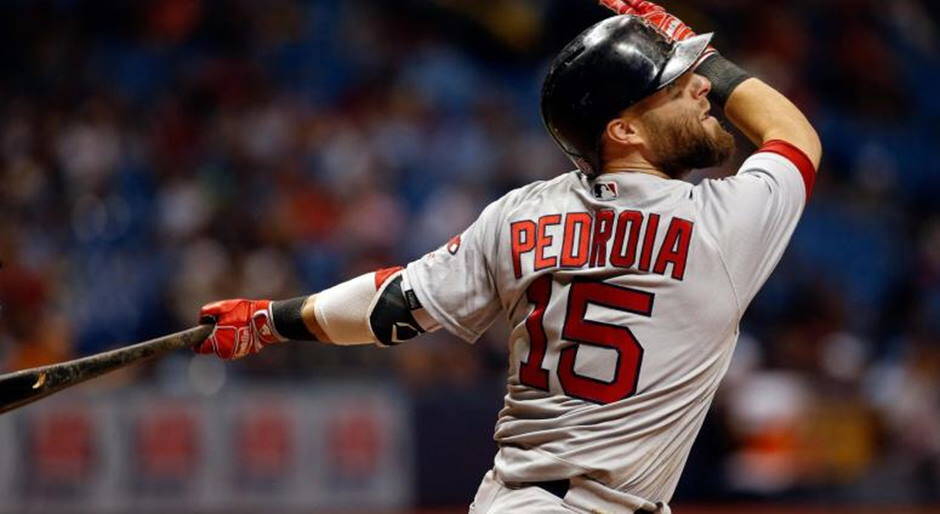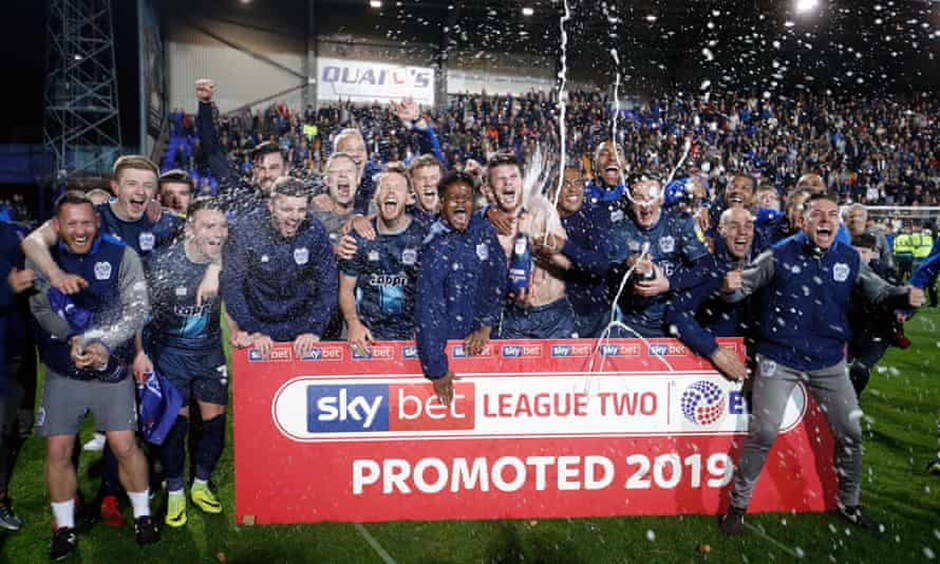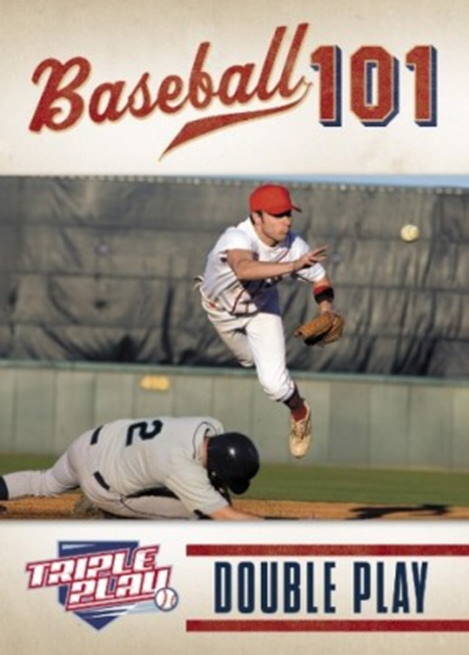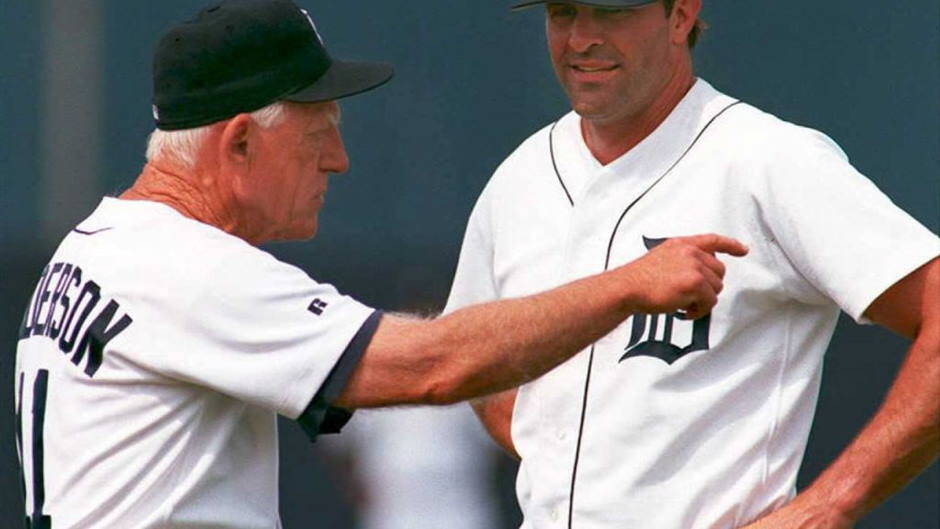In This Month’s Newsletter
New Classic Players

It’s always exciting when a new group of players are added to the Classic (career-rated) player pool.
Having already added a batch of new players in January 2021, we doubled the excitement this year, adding another new group over the Labor Day weekend.
Headlining the latest batch of new players is former Red Sox stalwart Dustin Pedroia. Other prominent recent retirees in the group include Gio Gonzalez, Aaron Hill, Ubaldo Jimenez, Adam Jones and Nick Markakis.
We have also introduced several less prominent players, for whom Imagine Sports customers have been lobbying, including Benny Agbayani, Don Hahn and Masanori Murakami.
You can find the full list here.
Register Now for Season 6 of The Ladder League SSG Association

Registration is now open for Season 6 of the Ladder Leagues SSG Association.
For those unfamiliar with them, the Ladder Leagues operate similarly to European soccer. The SSG Association presently is comprised of four ranked leagues. At the end of each Ladder Leagues season, the top teams from each league are promoted to higher leagues and the bottom teams are relegated to lower leagues. The promotion and relegation system in the Ladder Leagues ensures competitive leagues with similarly skilled owners.
The LL SSG leagues are autodraft leagues utilizing the single-season player pool. There are two other Ladder Leagues associations – the Standard Association and the Random 600 Association – which run on their own schedules and utilize the classic (career-rated) player pool.
Season 5 of the SSG Ladder Leagues was set in the Home Run Derby Era, with a player pool comprised of the 1993-2004 seasons, without the DH. Season 6 will be set in the Moneyball era of play, with a player pool comprised of the 2005-2012 seasons, with the DH.
Why not give it a try? You can register here.
Two (or Three) for The Price of One
 Nothing can kill a rally like a double play, except maybe a triple play!
Nothing can kill a rally like a double play, except maybe a triple play!
Rob (beerbaron) Blough’s Bad Jim Beer Barons had the dubious distinction of hitting into triple plays in consecutive games.
In a 5-4 loss to Gordon (GordoG) Grubb’s Fletcher Street Riding Club 6, pinch hitter Junior Felix came up to bat with men on first and second in the fifth inning and lined into a triple play to Fletcher Street second baseman Pete Kilduff.
In the following game, a 5-2 loss to Fletcher Street, Kilduff turned the trick again, snaring a seventh inning line drive from pinch hitter Gerald Perry and converting it into a triple play.
There is an interesting bit of irony to Kilduff’s heroics: he was one of the base runners for the Dodgers in Game 5 of the 1920 World Series against the Cleveland Indians, when Indians second baseman Bill Wambsganss snared a line drive by Clarence Mitchell and turned it into an unassisted triple play.
And if one double play can be a rally killer, how about six?
In another bit of irony, it was Rob Blough’s Target Beer Barons who stifled Greg (gregster) Leopold’s Filadelphia Fillies, turning six double plays in a 5-1 win.
(The Major League team record for hitting into double plays in a game is seven, by the Giants in a 3-1 loss to the Astros May 4, 1969.)
The Tipping Point

Each month we’ll offer a few tips in this space that may come in handy for the beginner as well as the experienced team owner.
Managing PTL (playing time limitations) in the Single Season Game is inextricably linked to utilizing your periodic income.
Before turning to some examples and variations on a theme, let’s start with a few guiding principles:
- Do not pay for more PA or IP than you’ll need to get through the season. This means constructing your initial roster, and planning out your upgrade strategy, so that you have enough PA and IP to reach the end of the season without a lot of expensive PA and/or IP left over.
- Your roster should improve over the course of the season. Managing PTL should not take precedence over using your income to upgrade the strength of your roster. You need a strategy that achieves both.
- Your roster should be “playoff optimized”. Your teams won’t all make the playoffs. But your plan for the season should include finishing with a “playoff optimized” roster.
Let’s start with point 3. What is a “playoff optimized” roster?
Assuming a “standard” playoff PTL of 10% of real-life IP/PA, there are three types of players who can help you craft the strongest possible roster for a seven-game playoff series:
- Position “regulars” with 300-350 PA, which would give you 30-35 PA over a seven-game series.
- Starting pitchers with 150-180 IP, which would give you 15-18 IP (two starts) over a seven-game series.
Why these parameters? Take any two players with similarly great stats: the one with fewer PA or IP will cost less. Take any two players with similar salaries: the one with fewer PA or IP will be better. And these players make perfect upgrades after Weeks 3-5, because their PA/IP can be utilized fully over the remainder of the season.
- Platoon players also deserve specific mention. Even if PTL on splits is “on” in your league, it always is off during the playoffs, so a platoon player with relatively few PA from their strong platoon side will be able to utilize all their PA batting from that side in the playoffs.
There are many ways to achieve the three objectives above, but I’ll highlight one, which I’ll call “the straddle”. The straddle is where you combine two (or more) players (or versions of the same player) to fill a particular position or role over the course of a season.
Here are two examples of the straddle, from a team limited to the 2006-08 Braves in a league with a modest cap:
- 2008 Chipper Jones had 534 real-life PA and is $14,318,000; 2007 Jones had 600 PA and is $18,776,000. Neither has enough PTL PA to get you through an entire season (injuries aside), but 2008 is especially problematic. Yet 2008 Jones is at least as good, if not marginally better, than the 2007 version. So, you straddle: start out with the 2007 Jones, then, as soon as you reach the point where the 2008 version would have enough just PA to get you through the rest of the season unscathed, switch to that version. You end up with as good or a better version of Chipper and probably even get some money back.
- 2006 John Smoltz had 232 IP and is $11,152,000; 2007 Smoltz had 205.7 IP and is $7,692,000. Again, neither has enough IP to get you through an entire season (injuries aside), but 2007 is especially problematic. Yet 2007 Smoltz is at least as good, if not marginally better, than the 2006 version. So, again, you straddle: start out with the 2006 Smoltz, then, as soon as you reach the point where the 2007 version would have just enough IP to get you through the rest of the season unscathed, switch to that version. Again, you end up with as good or a better version of Smoltz and get a decent chunk of change back in the bargain.
Here are a couple of platoon examples from a team limited to any version of any player who was on the roster to the 1952 (50-104) Tigers:
- R hitting ’57 Johnny Groth had 180 real-life PA, but just 36 v L, and is $1,229,000. His slash line v L is an imposing .345/.457/.448. For a R platoon bat, 18 PA (10% of 180) is almost certainly enough for a playoff series, but the 72 PA (200% of 36) he’d give you v L in the regular season probably wouldn’t get you through even three weeks. He’s the perfect upgrade candidate to make full use of the last income payment at the end of Week 7 to replace a R platoon corner OF or DH.
- L hitting ’41 Pat Mullin had 241 real-life PA, with 62 PA v L, and is $3,720,000. His slash lines v R and L are both stellar: .329/.382/.537 v R, .393/.452/.429 v L. While 24 PA (10% of 241) is a bit skimpy for a seven-game series, there’s no concern as far as the number of PA v L available. (He’s got up to 124 v L for the regular season (200% of 62) but won’t be limited to just 6 (10% of 62) in the postseason.) He’s a perfect upgrade candidate to make full use of the income payment at the end of Week 6, replacing a corner OF or DH platoon, with one of the platoon remaining as bench/PA depth and/or as a defensive replacement.
Hope that all makes sense and is helpful.





Leave A Comment